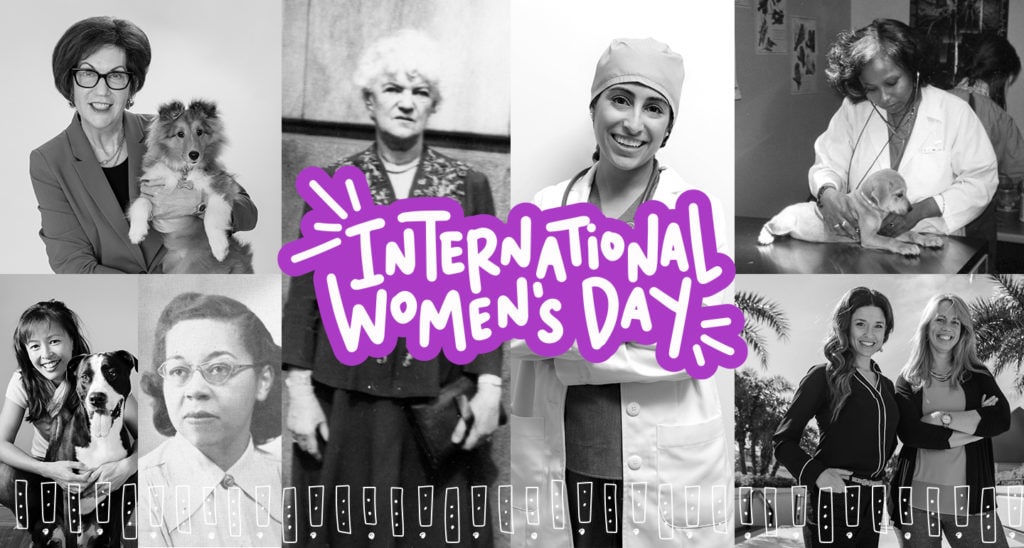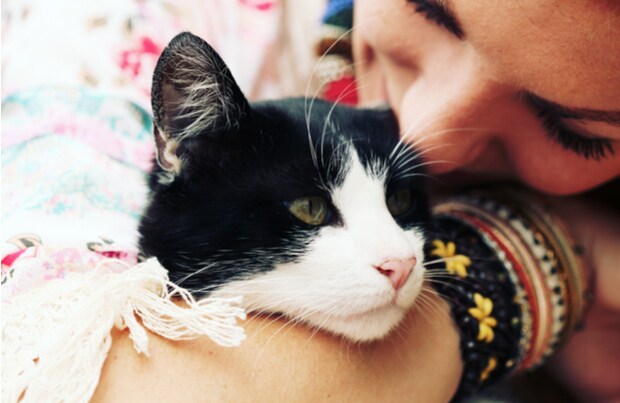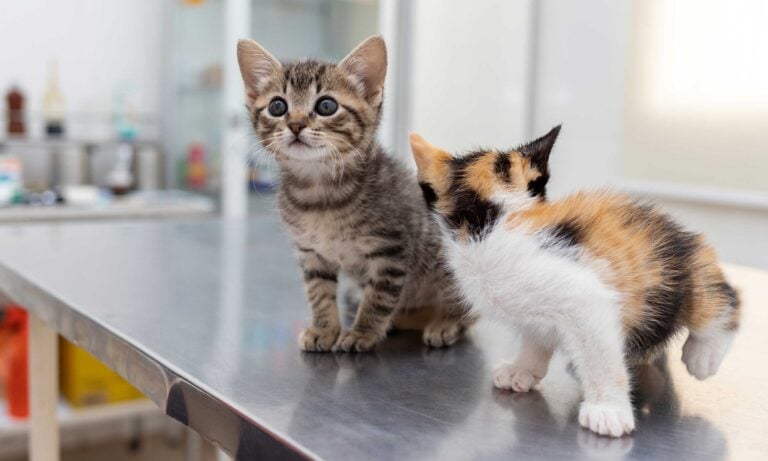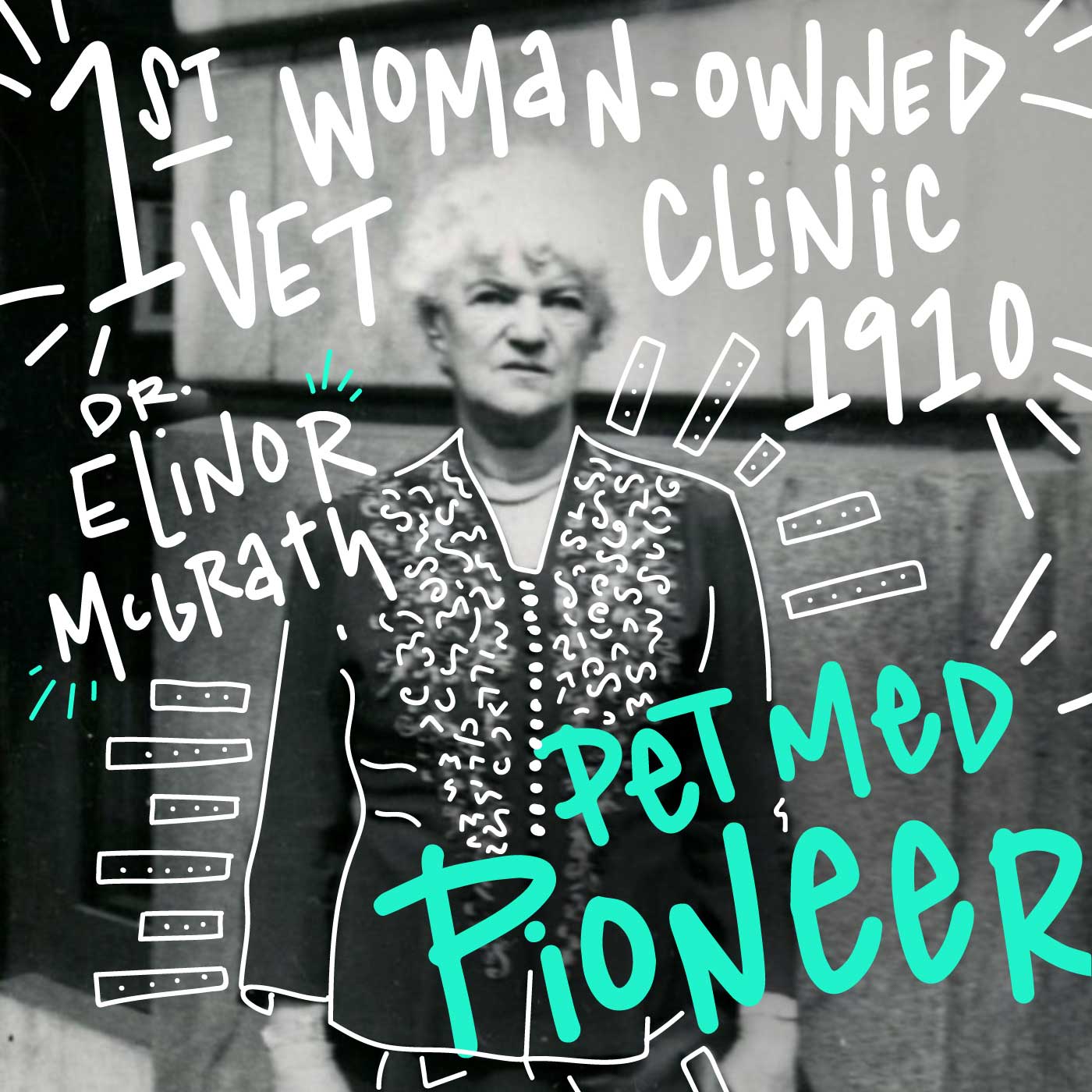
Photo courtesy of Manuscripts, Archives, and Special Collections
Washington State University Libraries, Pullman, WA.
1
Dr. Elinor McGrath
When it comes to women veterinarians, Dr. Elinor McGrath, DVM, was the O.G. A true icon, she’s widely considered America’s first female veterinarian.
Born around 1888, Dr. McGrath’s love of animals inspired her to take on the male-dominated veterinary field. She became the first woman admitted to Chicago Veterinary College in 1907—the first of many barriers she’d break down to achieve her dream. She endured bullying and harassment from schoolmates, but persevered with encouragement from a progressive mentor, says Juliette Fassett, founder of Dr. McGrath’s, an online seller of animal care products named for the trailblazer.
“The dean at the college told her she was going to make a better veterinarian than all of them,” Fassett says.
Dr. McGrath prevailed, graduating in 1910—a decade before U.S. women were granted the right to vote.
And her mentor was right—McGrath was among the best in the business. She ran a small animal practice in Chicago for decades, and became known for animal-friendly practices like decorating a Christmas tree with pet presents during the holidays. She also established the city’s first pet cemetery, driven by her understanding of the strong bond between people and their pets.
“She deserves a place in the history books,” Fassett says. –Howard Hardee
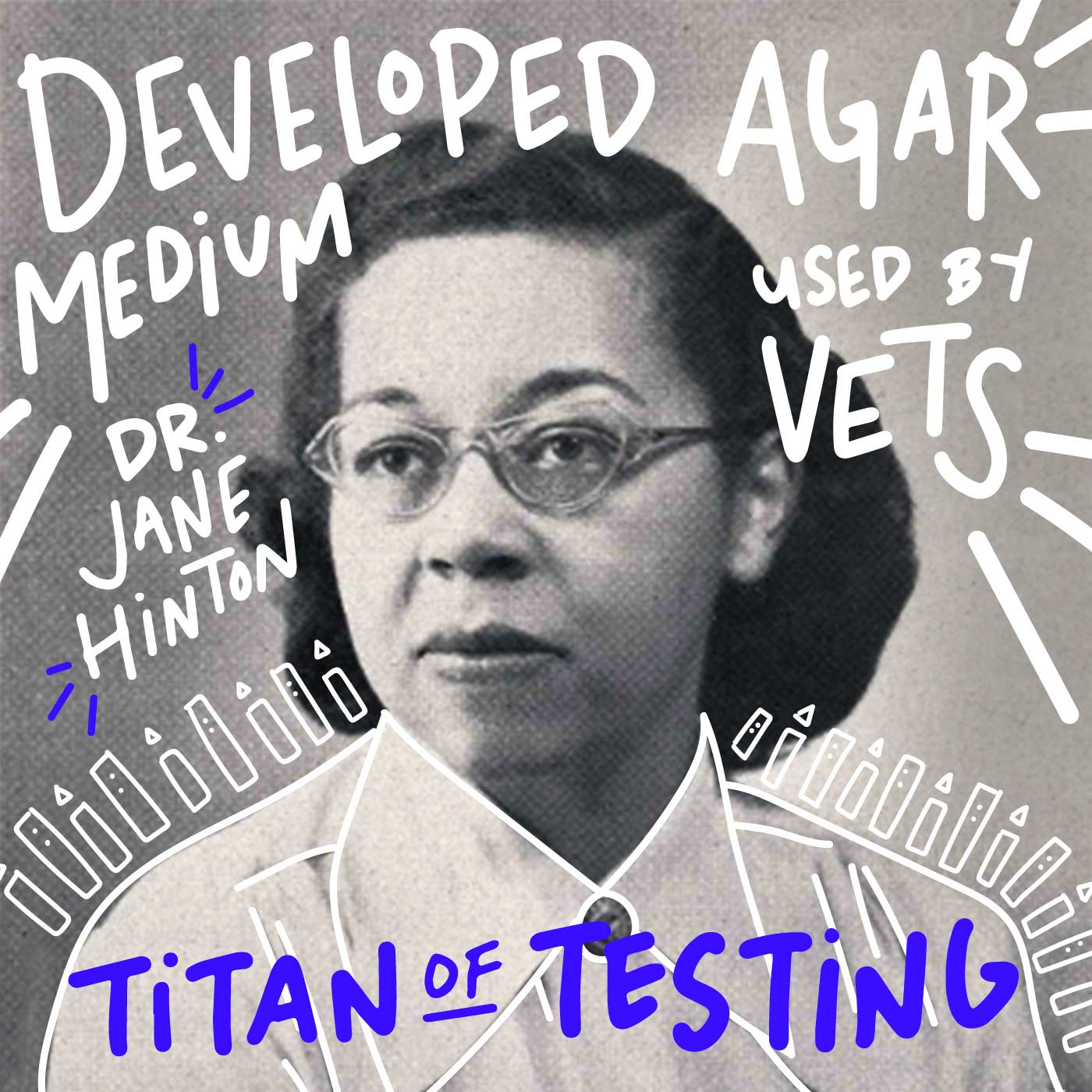
Photo courtesy of University of Pennsylvania.
2
Dr. Jane Hinton
When Dr. Jane Hinton, DVM, graduated from the University of Pennsylvania in 1948, she became one of the first two African-American women to earn the degree of Doctor of Veterinary Medicine.
And that’s not even the first time she made history.
Dr. Hinton’s father, William Augustus Hinton, was Harvard University’s first black professor. She worked alongside him before enrolling at UPenn—and there, she invented a product that revolutionized the medical world.
The Mueller-Hinton medium, named for Jane and her co-developer John Howard Mueller, is “used to grow bacteria to test them for resistance to antibiotics,” UPenn microbiology professor Dr. Shelley Rankin explains. “The ability to do that … has led to the development of local, national, and international antimicrobial resistance surveillance systems.”
The tl;dr version: Hinton’s breakthrough “has become the cornerstone of antibiotic susceptibility testing worldwide.”
From shattering racial barriers to developing crucial advances in biology, Dr. Jane Hinton literally changed the world, Rankin says. “[Her] contribution to clinical microbiology, medicine, veterinary medicine and public health is enormous.” –Carolina del Busto
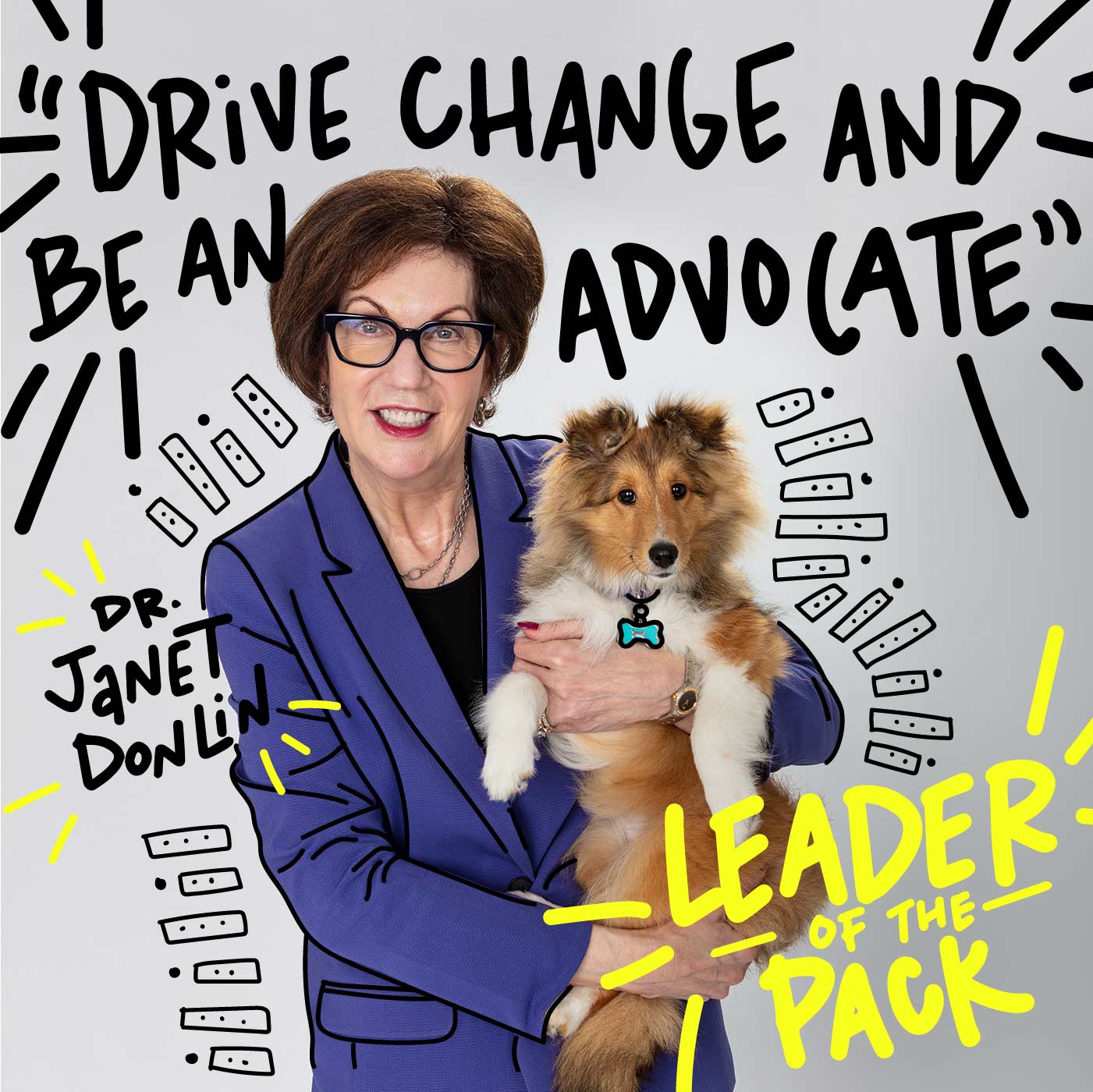
Photo courtesy of AVMA.
3
Dr. Janet Donlin
What does it take to be a leader? If you’re Dr. Janet Donlin, DVM, the first female CEO of the American Veterinary Medical Association (AVMA), it’s tenacity, compassion and a talent for lifting up the people around you.
“[Vets’] medical skills are essential, but [I’ve learned that] you need strong leadership skills to be the best you can be,” she says.
In 1991, Dr. Donlin began working for the AVMA, overseeing the accreditation of their veterinary technician program. “I saw an opportunity [at the AVMA] to drive change and to be an advocate for this wonderful profession,” Dr. Donlin says.
Twenty-five years later, she shattered a major glass ceiling when she was named CEO—the first time a woman had held the top position. Today, she leads the AVMA’s efforts to protect, promote and advance the veterinary profession through political advocacy, educational programs for vets, public information campaigns and more.
Along the way, she’s given back to the next generation of vets by supporting the work of AVMA groups like the Student American Veterinary Medical Association (SAVMA), which offers career, financial and wellbeing resources to vet students; and the Early Career Development Committee, which helps new veterinary graduates transition into the first steps of their careers.
“I can’t think of a more rewarding and wonderful career than veterinary medicine … It’s wonderful to be able to work with people who value and appreciate the human-animal bond and that unconditional love [from a pet].” –Carolina del Busto
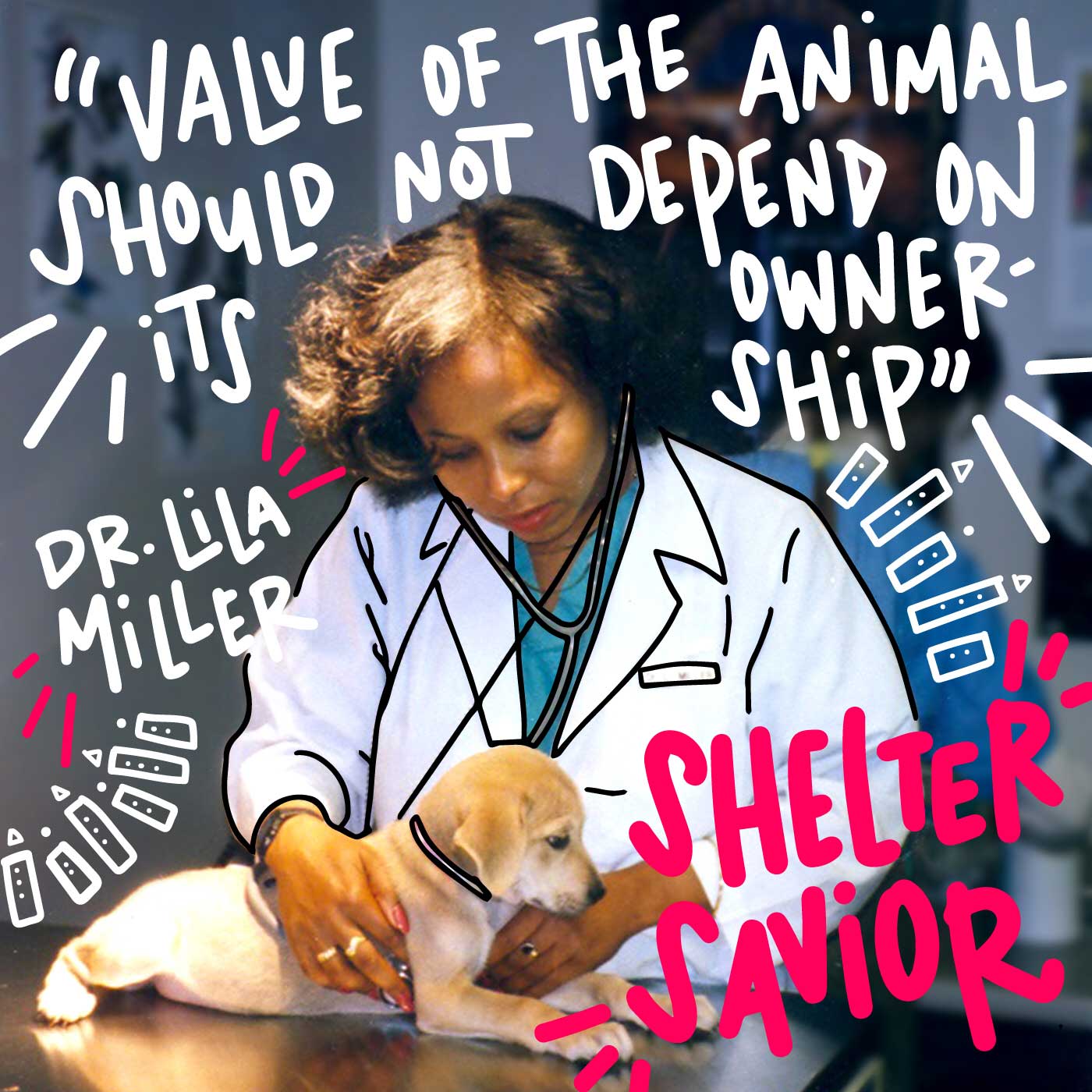
Photo courtesy of Dr. Lila Miller.
4
Dr. Lila Miller
In her 40-year career, Dr. Lila Miller, DVM, has changed the lives of America’s shelter pets. All of them. No, really.
Her revolution began when she entered Cornell University with the dream of becoming a veterinarian. She was one of only two black women who enrolled in the Cornell University College of Veterinary Medicine that year. But she persevered—even graduating early to become one of the school’s first two black women graduates—and landed a job at an ASPCA shelter in her hometown of New York.
Appalled by inhumane shelter practices she witnessed, Dr. Miller put new guidelines in place, mandating vaccines, treatment for illnesses and more. Those guidelines were adopted by shelters across the country, creating a more respectful world for homeless pets nationwide.
“The inherent value of the animal should not depend on its ownership,” she says.
As she rose to her role as vice president of shelter medicine at the ASPCA, Dr. Miller kept pushing the field of shelter medicine to more humane heights. She wrote the ASPCA’s first Animal Care Supervisor’s Manual, and brought the country’s first shelter medicine college course to Cornell. She taught colleagues about recognizing signs of animal abuse, and created organizations for shelter vets to share their experiences. Hey, not all superheroes wear capes. –Howard Hardee
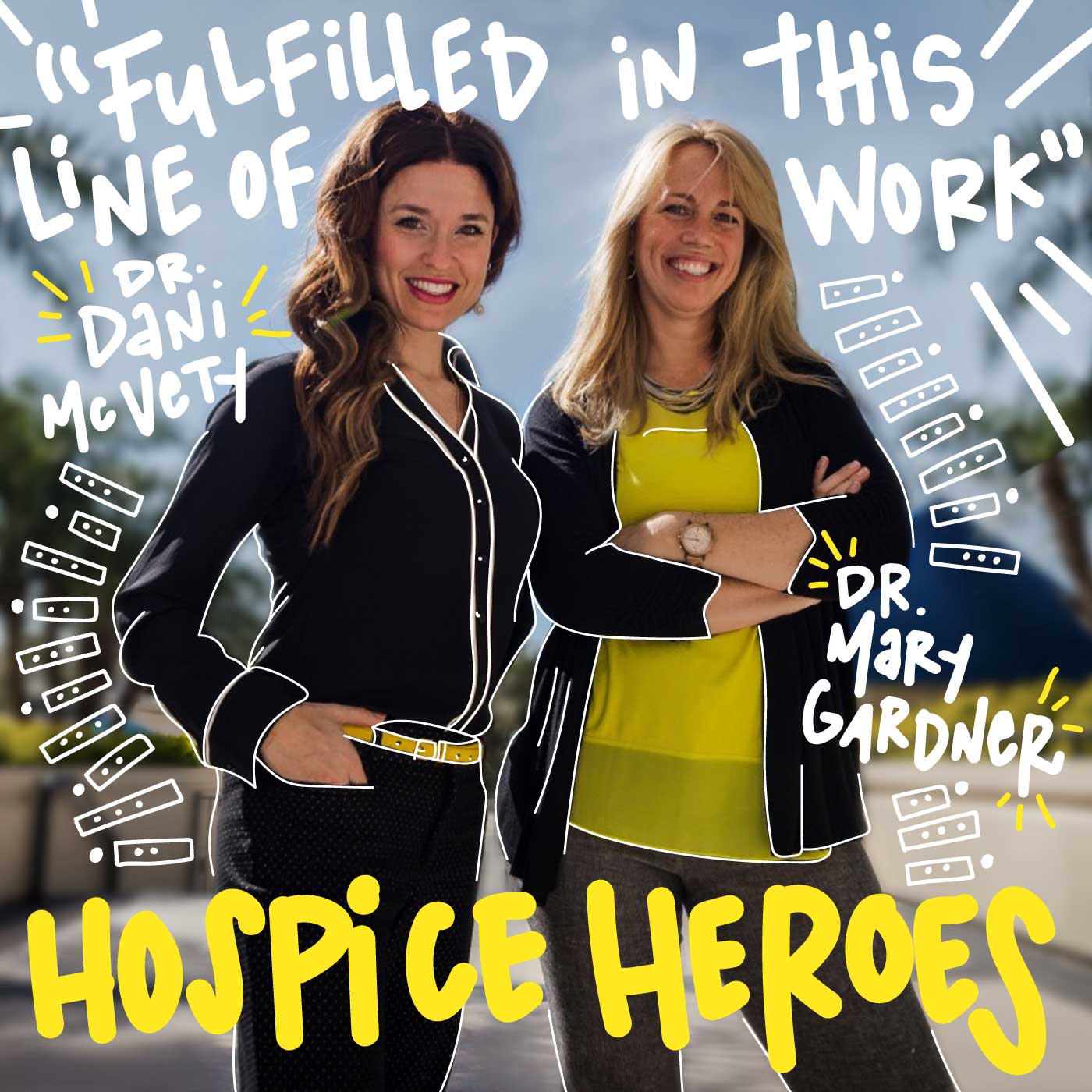
Photo courtesy of Lap of Love.
5
Dr. Dani McVety and Dr. Mary Gardner
A little over a decade ago in Tampa, Florida, Dr. Dani McVety, DVM, and Dr. Mary Gardner, DVM, co-founded Lap of Love, a national network of veterinarians providing end-of-life care for sick animals—the first U.S. organization of its kind. Together, they’re helping pets and their parents through one of their toughest moments: those difficult days, weeks and months before crossing the Rainbow Bridge.
Lap of Love connects pets and their parents to services like veterinary hospice, in which a pet’s comfort is prioritized during their final days; and in-home euthanasia, which let pets spend their last moments in a familiar environment surrounded by loved ones.
“What we do is honor the space and the time that families need in order to say goodbye in the most peaceful way,” Dr. McVety says.
Lap of Love has helped countless pet parents reframe what the end of life looks like for their pets. Its innovative model has taken off in the broader context of “a humongous humanization of animals that has been happening for a long time,” Dr. McVety says. “I think it’s a natural evolution that people wanted a better passing.” –Howard Hardee
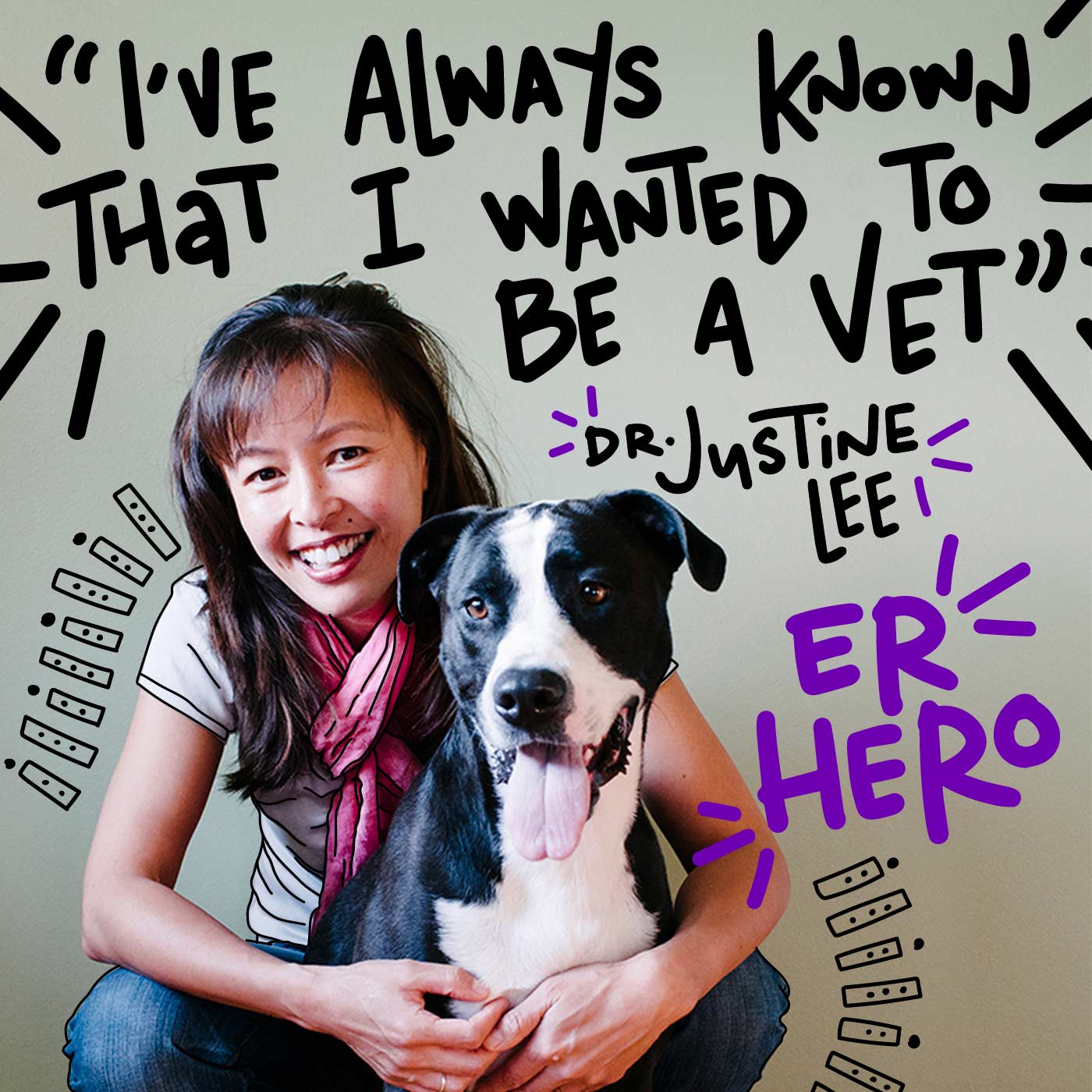
Photo courtesy of Dr. Justine Lee.
6
Dr. Justine Lee
Dr. Justine Lee, DVM, DACVECC, DABT got her first taste of emergency animal care at age 7—and it changed the course of her life. “I’m very fortunate that I’ve always known that I wanted to be a vet,” she says.
“I was out for a walk with my grandfather and found a baby bird that had fallen out of a tree,” she recalls. She tried to nurse the bird back to health, but it didn’t survive. But Dr. Lee wasn’t discouraged—she was inspired.
Today, treating animals who’ve endured a traumatic event is Dr. Lee’s specialty. She’s the first-ever emergency critical care specialist who’s also double-boarded in toxicology, saving lives at Animal Emergency & Referral Center of Minnesota. Basically, she’s an emergency room virtuoso who treats every condition under the sun. In the ER, she says, “anything can come in, from a poisoning, to trauma from being hit by a car, to organ failure or even a cancer patient. There’s a variety in the cases we see, and we’re able to provide lifesaving care.”
When she’s not in the ER, Dr. Lee helps other vets improve their skills. She’s the CEO and founder of VETgirl, one of the first online continuing education platforms for veterinary professionals, and also gives educational talks to vets all over the world.
“Veterinary medicine has changed so much in the 20-plus years since I graduated,” she says. “It’s always been a passion of mine to deliver relevant, practical information to professionals to help them save lives.” –Ciara LaVelle
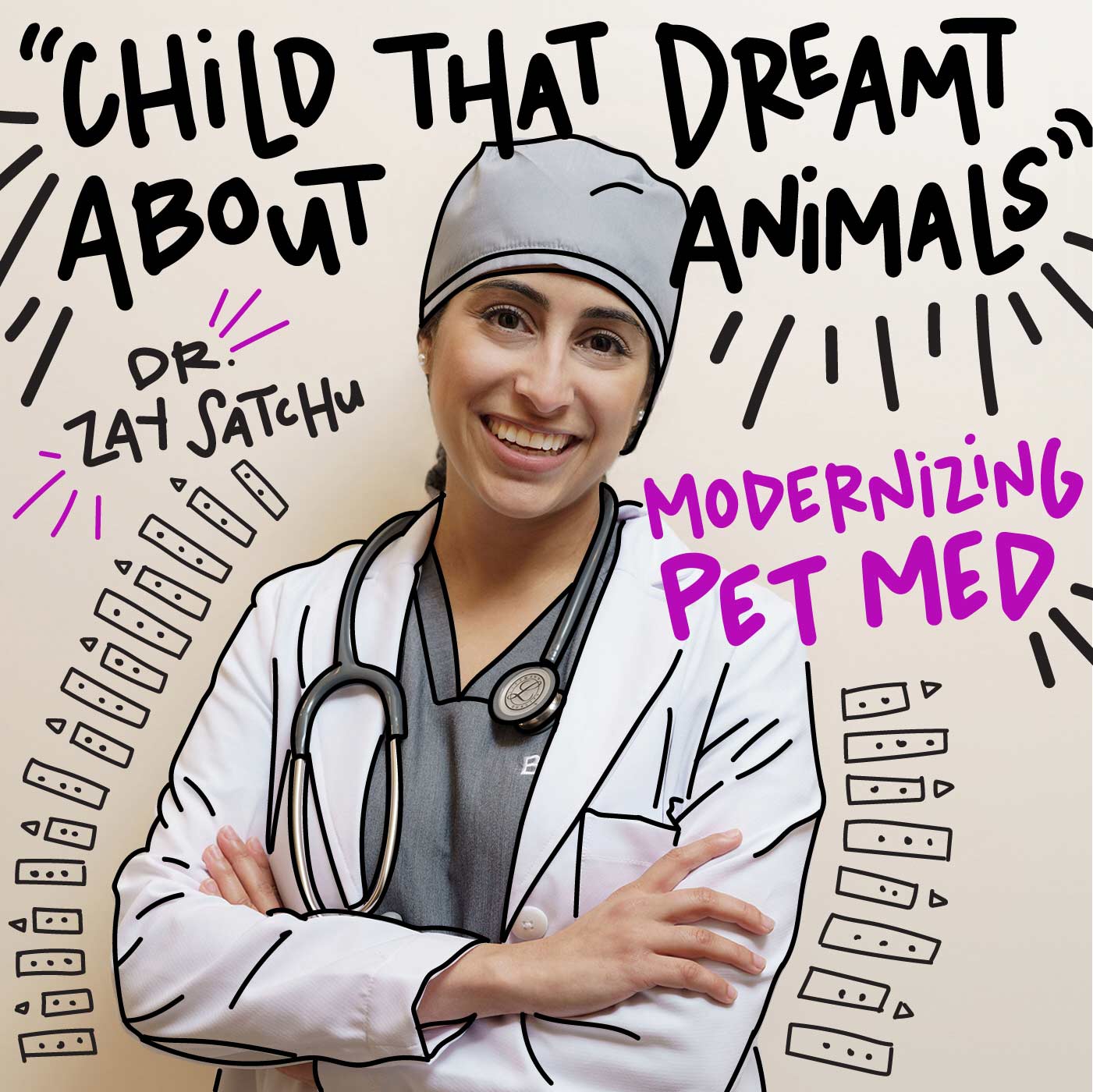
Photo by Tory Williams.
7
Dr. Zay Satchu
When Dr. Zay Satchu, DVM, opened her own veterinary clinic, Bond Vet, she set out to revolutionize an industry. The 30-year-old co-founder and Chief Veterinary Officer of the New York City clinics has turned going to the vet into a self-care practice for humans and animals alike.
“I was that kid who always wanted to be around animals, who always told stories that involved animals, and who dreamt about animals all the time,” she says. But when she began working as a vet, she noticed persistent problems like high stress levels for vets and a lack of functional technology.
Dr. Satchu envisioned a veterinary clinic where vets and staff felt more supported, with a thoughtfully designed lobby replacing the typically sterile waiting room, and a software platform for appointment-taking and record-keeping designed specifically for vets. Then she partnered with experts in technology and business to make it happen.
“I wanted to create a space where people feel taken care of and protected and supported,” she says.
Now, Dr. Satchu is living out her childhood dream—and pushing the vet industry toward a future focused on wellness in the process. –Carolina del Busto
More Inspiring Animal Lovers
Share:
